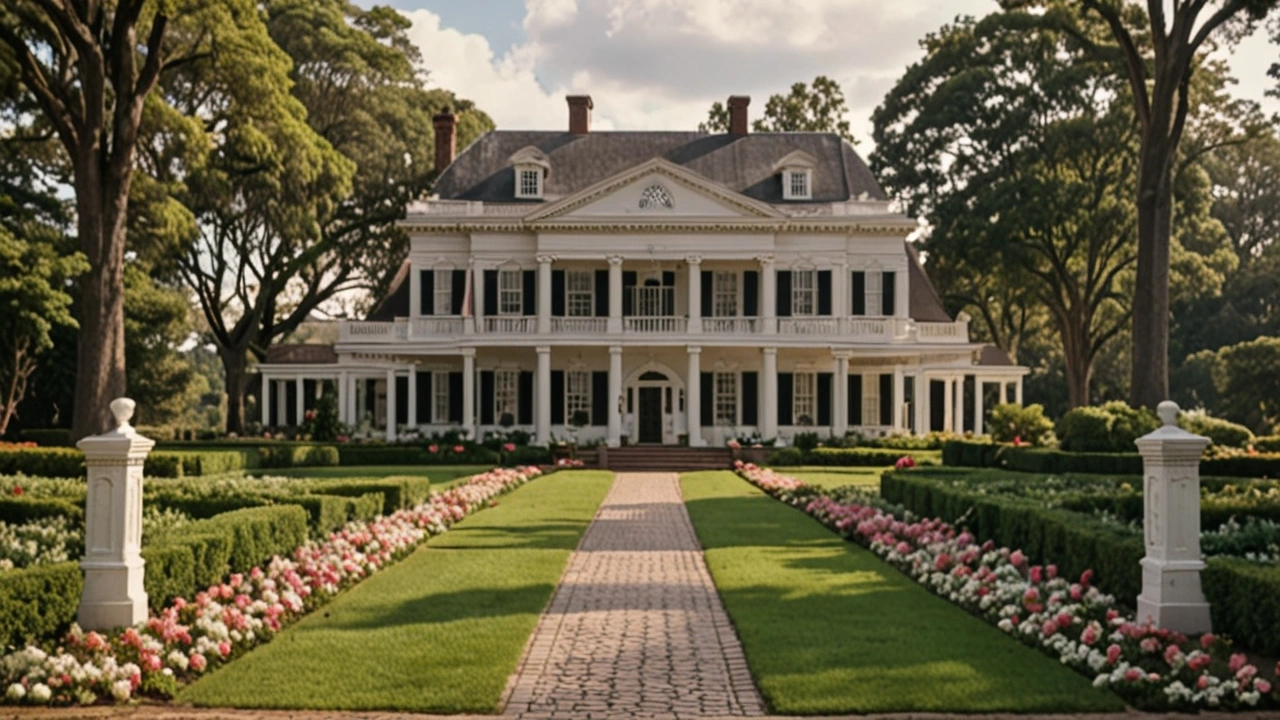Classic Designs: Why They Still Matter and How to Use Them
Some buildings keep influencing architects centuries later. Classic designs—think Roman arches, Greek columns, Gothic spires, and Craftsman porches—survive because they solve real problems: structure, light, scale, and comfort. If you like clean rules with room for personality, classic styles are a great place to start.
How to spot classic styles
Look for three quick clues: shape, detail, and material. Shape means the big moves—arches, columns, gabled roofs, domes. Detail is the small stuff—moldings, cornices, window muntins, or ornate trim. Material tells you whether a building is loaded with stone, brick, timber, or plaster; that often hints at era and method. For example, rounded arches and heavy stone point to Roman or Romanesque roots, while pointed arches and stained glass suggest Gothic or Gothic Revival.
Here are short signposts for popular classic families you’ll find across our site: Renaissance and Beaux-Arts favor symmetry and classical ornament; Greek Revival uses big, plain columns and white facades; Colonial types focus on balanced windows and central doors; and Craftsman homes show exposed rafters, built-in woodwork, and honest materials. Keep these cues in mind when you’re touring neighborhoods or browsing photos.
Using classic designs in modern spaces
Want a hint that won’t overwhelm your home? Pick one readable element and make it the focus. Add a columned porch, swap a plain door for a paneled one, or bring in crown molding and a substantial baseboard. These moves add character without forcing a full historic rebuild.
Scale matters. Classic pieces were designed with human scale in mind: tall ceilings, large windows, and proportionate openings. When you borrow a classical element, match its size to the room. A tiny column in a big living room looks lost; a heavy cornice in a low-ceiling space feels cramped.
Combine old rules with modern materials for practicality. Use engineered wood that mimics historic trim, or lightweight composites for decorative cornices. That keeps the look while saving cost and improving insulation or fire resistance.
Preservation-friendly tip: keep original features when possible. Original windows, doors, and stair details often carry the most value. Repair rather than replace, or if you must update, reuse the originals nearby—framed glass, salvaged wood, or restored hardware make strong accents.
For professionals: study proportions, not just patterns. Classic design is based on ratios and sightlines. Learn the rules behind column spacing, cornice height, and window rhythm; then bend them thoughtfully. Adaptive reuse—turning an old bank into apartments, or a factory into studios—lets you keep history while meeting today’s needs.
Classic designs aren’t a style prison. They’re a toolkit. Use one or two clear elements, pay attention to scale and material, and you’ll get spaces that feel grounded, purposeful, and alive with history without losing modern comfort.

Exploring the Timeless Beauty of Colonial Architecture: An Homage to Historic Masterpieces
Dive into the world of Colonial Architecture, showcasing its stunning designs and timeless appeal. This article reveals fascinating facts and practical insights about classic architectural styles that have shaped many historic homes and buildings. Learn more about the key elements, influences, and ways to preserve these historical treasures.
Read more